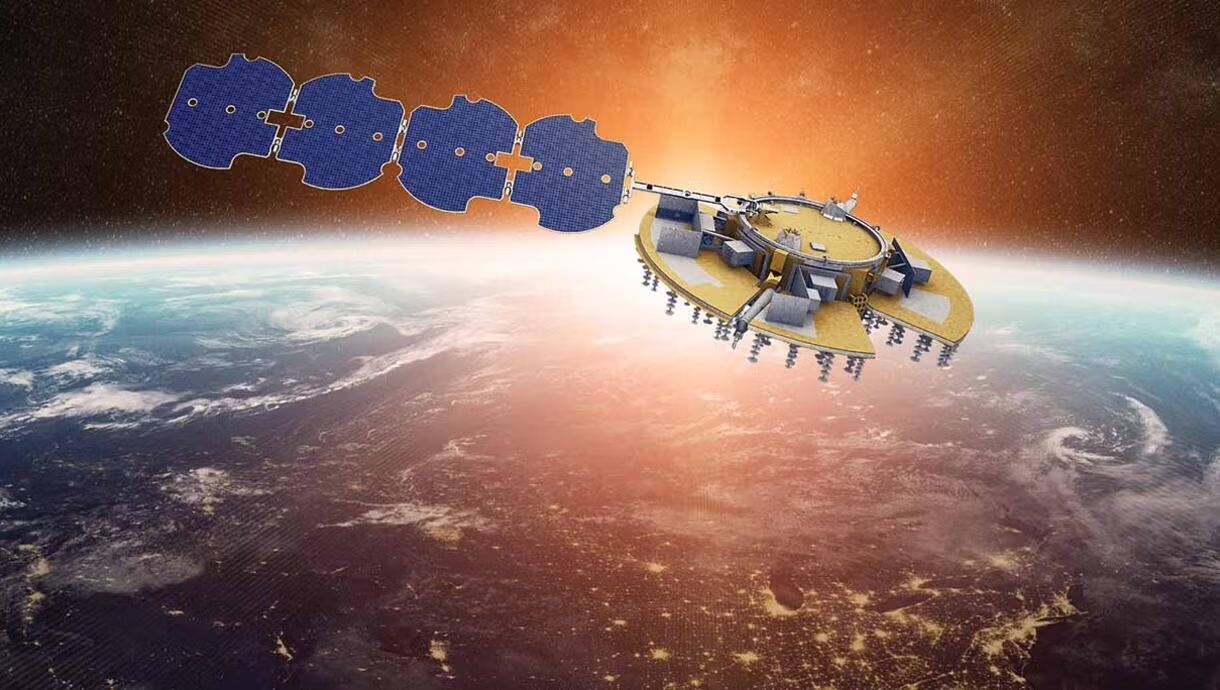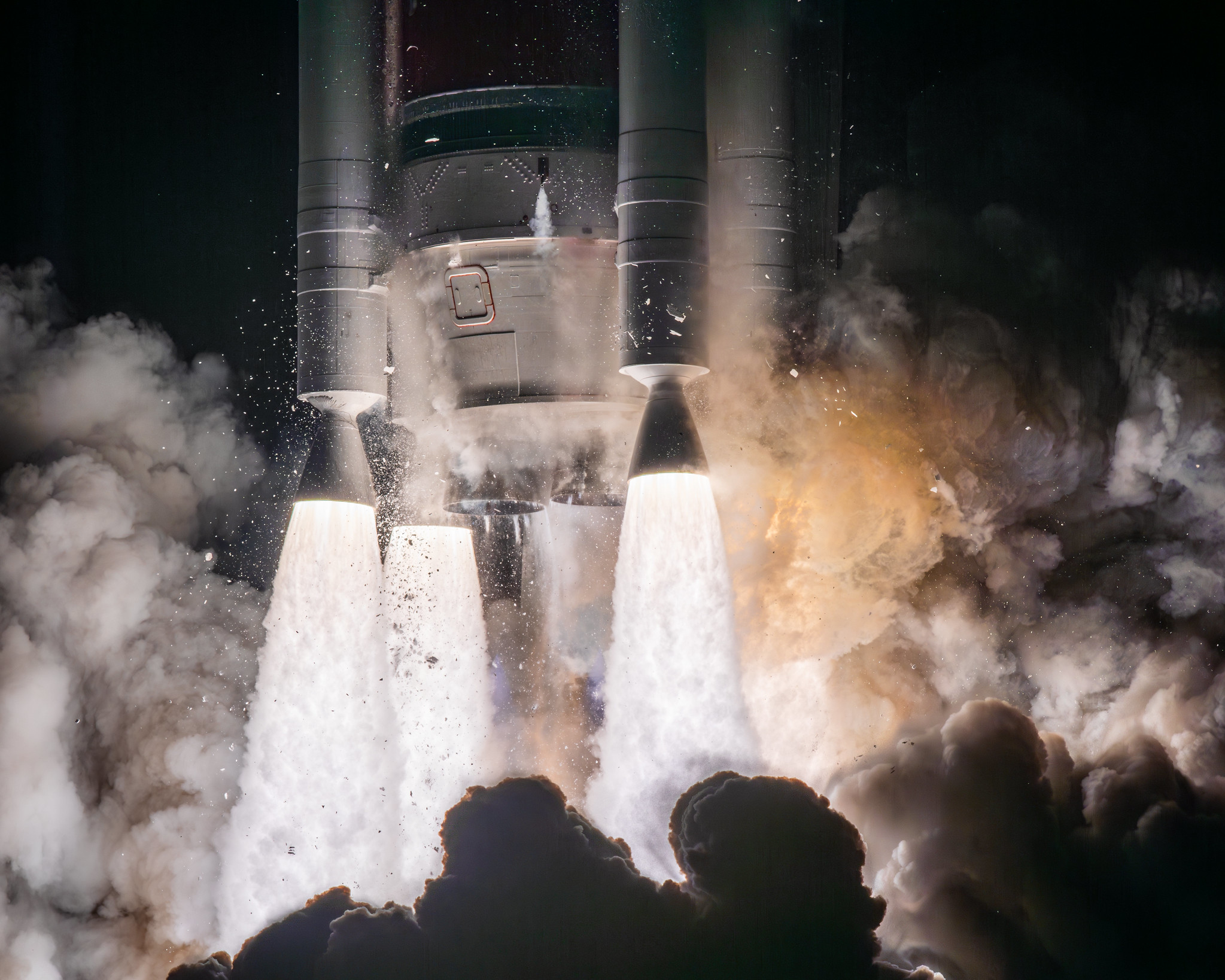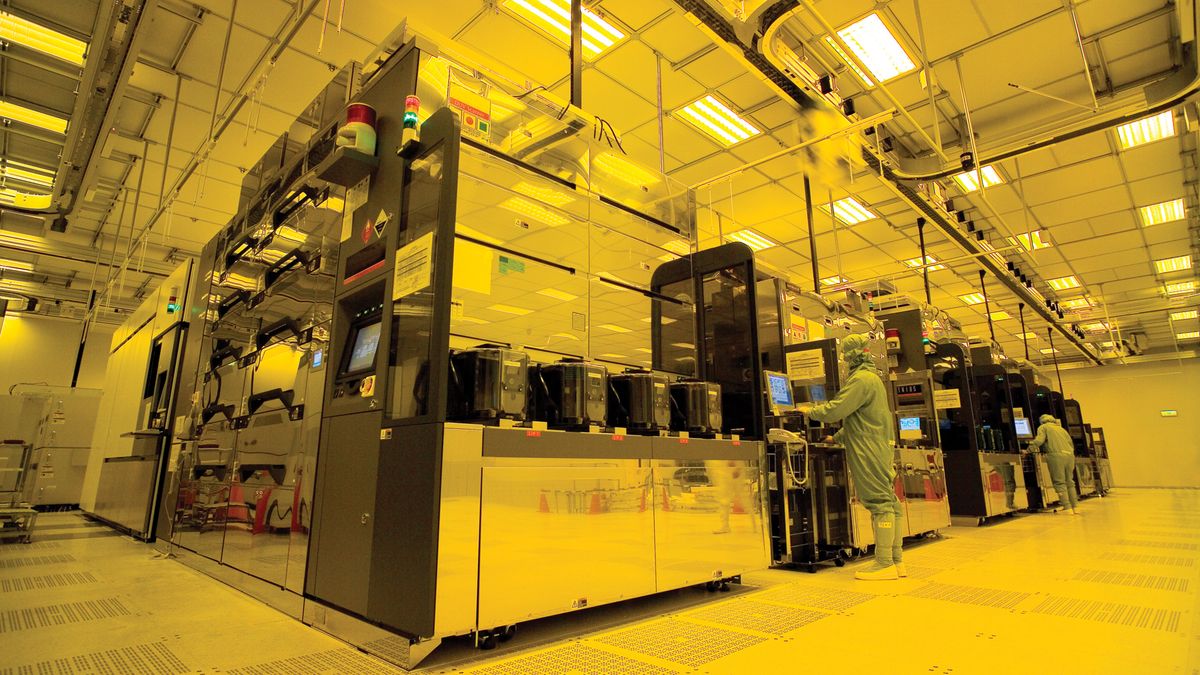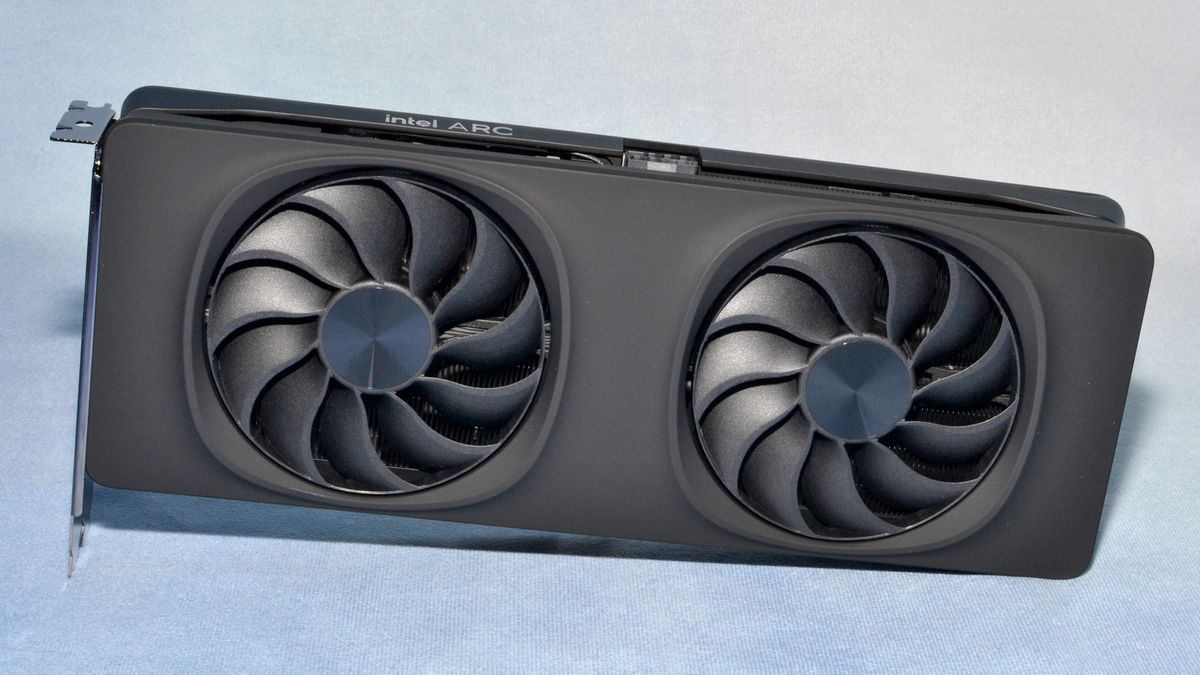This launch was a big success, but it doesn't necessarily quash anxieties about ULA's ability to deliver.
The third flight of the Vulcan rocket lifted off from Cape Canaveral Space Force Station, Florida, on Tuesday night. Credit: United Launch Alliance
United Launch Alliance delivered multiple US military satellites into a high-altitude orbit after a prime-time launch Tuesday night, marking an important transition from development to operations for the company's new Vulcan rocket.
This mission, officially designated USSF-106 by the US Space Force, was the first flight of ULA's Vulcan rocket to carry national security payloads. Two test flights of the Vulcan rocket last year gave military officials enough confidence to certify it for launching the Pentagon's medium-to-large space missions.
United Launch Alliance's third 202-foot-tall (61.6-meter) Vulcan rocket lifted off from Cape Canaveral Space Force Station, Florida, at 8:56 pm EDT Tuesday (00:56 UTC Wednesday). Two methane-burning BE-4 main engines, supplied by Jeff Bezos' space company Blue Origin, and four solid-fueled boosters from Northrop Grumman powered the rocket off the launch pad with nearly 3 million pounds of thrust.
The rocket steered east from Florida's Space Coast and climbed through the atmosphere, shedding its four strap-on boosters, core stage, and payload fairing to fall into the Atlantic Ocean. Vulcan's Centaur upper stage ignited its RL10 engines several times to maneuver into a near-circular geosynchronous orbit more than 22,000 miles (nearly 36,000 kilometers) over the equator.
These maneuvers took approximately seven hours to complete before the Centaur upper stage released its payloads to begin their missions. One of the satellites is an experimental platform to test next-generation technologies that may improve GPS navigation. There was at least one additional satellite—and perhaps more—aboard the rocket that the Space Force declined to discuss publicly.
Taking a bite of the apple
ULA and Space Force officials declared success early Wednesday, celebrating the Vulcan rocket's entry into service as ULA begins the challenging task of working through a firm backlog of more than 70 Vulcan launches on contract. Nearly all of the Vulcan launches have been booked by the Space Force's National Security Space Launch (NSSL) program and by Amazon for its Kuiper satellite broadband network.
Col. Jim Horne, USSF-106 mission director, said in a statement, "It’s an exciting day for us as we launched the first NSSL flight of Vulcan, an outstanding achievement for United Launch Alliance and the nation’s strategic space lift capability. This is an important milestone for the Space Force and all involved." He added, "After years of development, technical collaboration, and dedication by all involved, including our government mission partners and the entire ULA team, I’m proud to say the first Vulcan NSSL mission delivered its payloads safely into space."

Artist's illustration of the NTS-3 satellite with its solar panel deployed in orbit. Credit: L3Harris
ULA's first national security mission on the Vulcan rocket wasn't an easy one. For a flight profile to reach geosynchronous orbit, a rocket's upper stage must endure exposure to higher doses of radiation and carry more capacity for electrical power. Additionally, on these kinds of missions, a rocket must keep its super-cold propellant at just the right temperature, withstanding extreme heat and cold that could cause fluids to boil off or freeze.
In the United States, only ULA's Centaur upper stage and the upper stage of SpaceX's Falcon Heavy rocket are currently capable of flying such a long-duration mission. Eventually, SpaceX, ULA, and other companies aim to build on these capabilities to develop cryogenic rockets, refuelers, and propellant depots that can operate for months or years in space.
"Vulcan did exactly what it was built to do: deliver a critical mission with power, precision, and confidence," said Gary Wentz, ULA's vice president of government and commercial programs. "We are proud to play a role in strengthening the nation's space capabilities."
It's true that ULA, a joint venture between Boeing and Lockheed Martin, has a critical role in the future of America's military space program. The Space Force has tapped ULA's Vulcan rocket to launch more than half of its national security space missions over the next several years. These contracts, awarded in 2020, split the rights to launch the Pentagon's most important space missions 60-40 between ULA and SpaceX. The split ended up closer to 50-50 after ULA faced delays in bringing the Vulcan rocket online.
Senior procurement officials at the Pentagon have expressed concern over ULA's ability to deliver on its contractual commitments. While Tuesday night's launch was a noteworthy success for ULA, it doesn't necessarily quash these anxieties.
What’s next?
In the near term, ULA will switch back to launching its soon-to-retire Atlas V rocket, the Vulcan rocket's predecessor. The company has 13 more Atlas Vs in its inventory, most of them sold to Amazon and Boeing to launch Kuiper Internet satellites and Starliner crew missions to the International Space Station.
In a post-launch press release early Wednesday, ULA confirmed its next mission will be an Atlas V launch for Amazon's Kuiper constellation, a network that will eventually number more than 3,200 satellites. Later this year, ULA expects to launch more Vulcan rockets with Kuiper satellites and the Space Force's next national security mission.
The Space Force has firm orders for at least 26 more launches on the Vulcan rocket and will add more to ULA's backlog in the coming years. The Space Force's most recent phase of launch procurement announced in April reverses the 60-40 split from the 2020 contract award, with SpaceX taking responsibility for the bulk of the Pentagon's national security launches. Under this contract, ULA is still guaranteed roughly 17 more of the Vulcan launches the Space Force will dole out in the next few years, on top of the 26 firm orders already counted in the Vulcan backlog.
Amazon's contract for 38 Vulcan launches—six Vulcan flights reserved by Sierra Space for its Dream Chaser cargo vehicle, and the 13 remaining Atlas Vs—bring ULA's potential order book to approximately 100 missions. The Space Force accounts for a little more than 40 percent of the contracts.

Four strap-on solid rocket boosters provided additional thrust to assist the Vulcan rocket's twin BE-4 main engines. Credit: United Launch Alliance
Horne, a longtime leader in the Space Force's national security launch program, said the service is "postured to launch as quickly as we can as we work through that backlog."
Complicating ULA's ability to ramp up its Vulcan launch cadence is the rocket's design. Unlike SpaceX, which has a fleet of reusable Falcon 9 boosters, ULA has doubled down on building single-use boosters. This will keep ULA's factory humming in Decatur, Alabama.
But the most pressing bottleneck restricting ULA's ability to ramp up its launch cadence is at the launch site. United Launch Alliance has a single launch pad at Cape Canaveral and is outfitting another at Vandenberg Space Force Base in California. What's more, the company has just one active rocket integration hangar, where technicians vertically stack Atlas V and Vulcan rockets on their launch platforms.
Construction crews are racing to finish work on a second integration building a couple of miles south of the existing hangar. ULA officials project the new building to be ready to start stacking rockets before the end of this year, but teams have already missed an earlier schedule that would have brought the hangar online this summer.
ULA is also preparing a third mobile launch platform, giving managers more flexibility in moving rockets around the spaceport. Ground crews assemble the pieces of each rocket atop the launch platforms, which then transfer the complete launch vehicles to the launch pad for final countdown preps. Ultimately, this will give ULA the capacity to work on three simultaneous launch campaigns at Cape Canaveral, plus one at the Vandenberg spaceport on the West Coast.
Wentz told reporters earlier this week that the second rocket assembly building will theoretically allow ULA to launch as often as once every 13 days. This would get the company to its goal of flying 25 missions per year. ULA has launched just three times so far in 2025, and the company recently halved its projected launch manifest for this year from 20 missions to around nine.
Other hurdles lie ahead for Vulcan. The rocket's most powerful configuration, with six strap-on boosters, still hasn't flown or been certified for Space Force missions. This heavy-lift configuration will be able to lift more massive cargo than ULA's now-retired Delta IV Heavy rocket, but with a single core stage augmented by strap-on motors instead of three huge core stages strapped together.
Horne said the intermediate certification of the Vulcan rocket completed earlier this year covers the Space Force's so-called Category A and Category B missions. The heaviest Category C payloads, such as the government's largest spy satellites, will need the upgraded Vulcan rocket.
ULA is also moving forward with modifications to Vulcan's core stage to allow for the recovery and reuse of the rocket's main engines. Tory Bruno, the company's chief executive, announced last week that engineers completed a critical design review for the hardware changes required for engine reuse. These changes include severable mechanical and fluid connections for the engine section to jettison from the rocket, plus a heat shield and parachute to safely bring the engines back for an ocean recovery downrange from the launch pad.
Officials haven't announced an exact timetable for introducing engine recovery and reuse.










 English (US) ·
English (US) ·